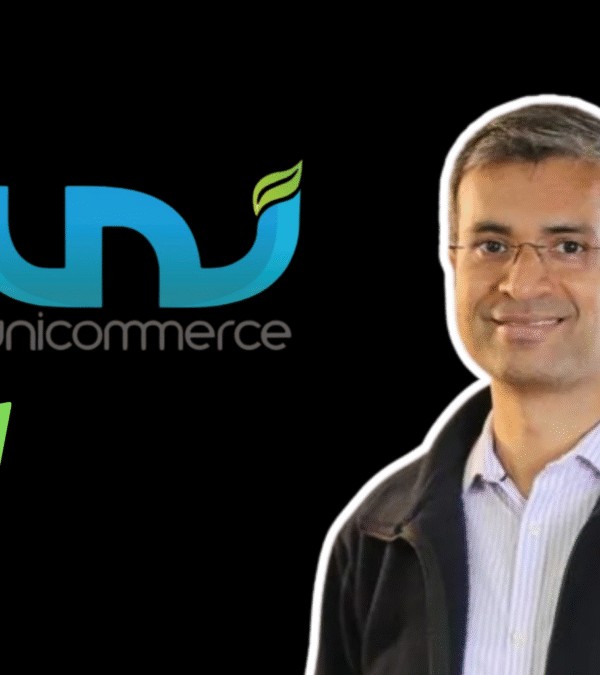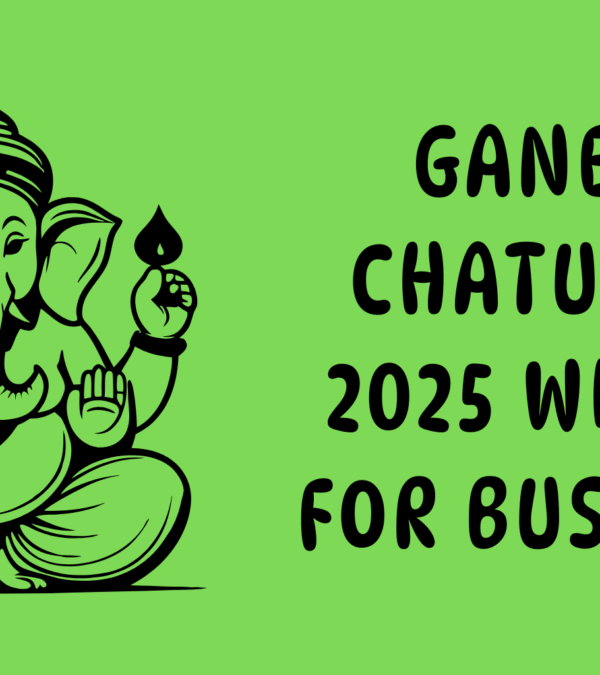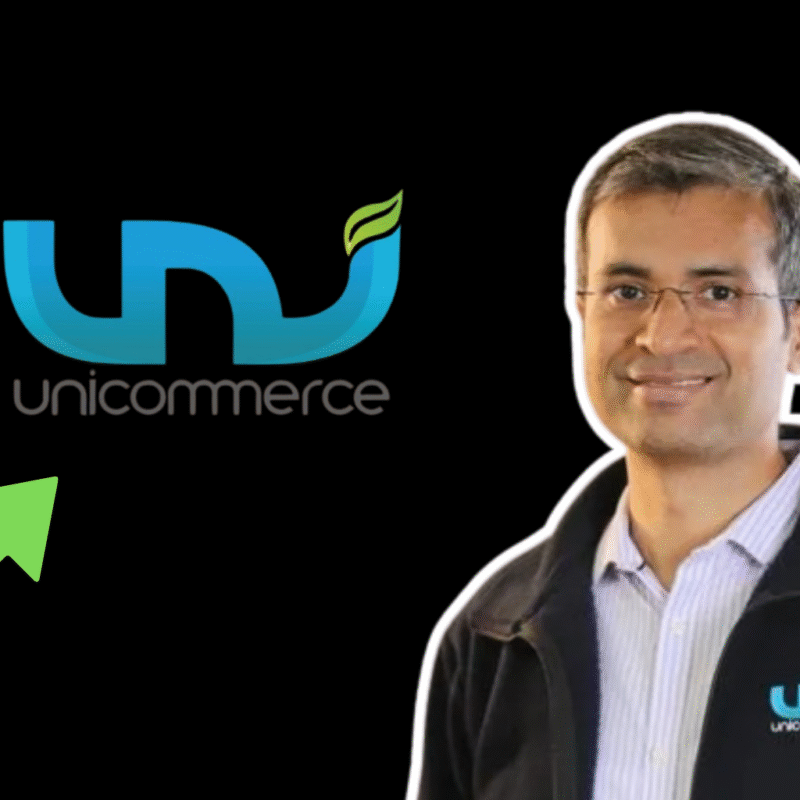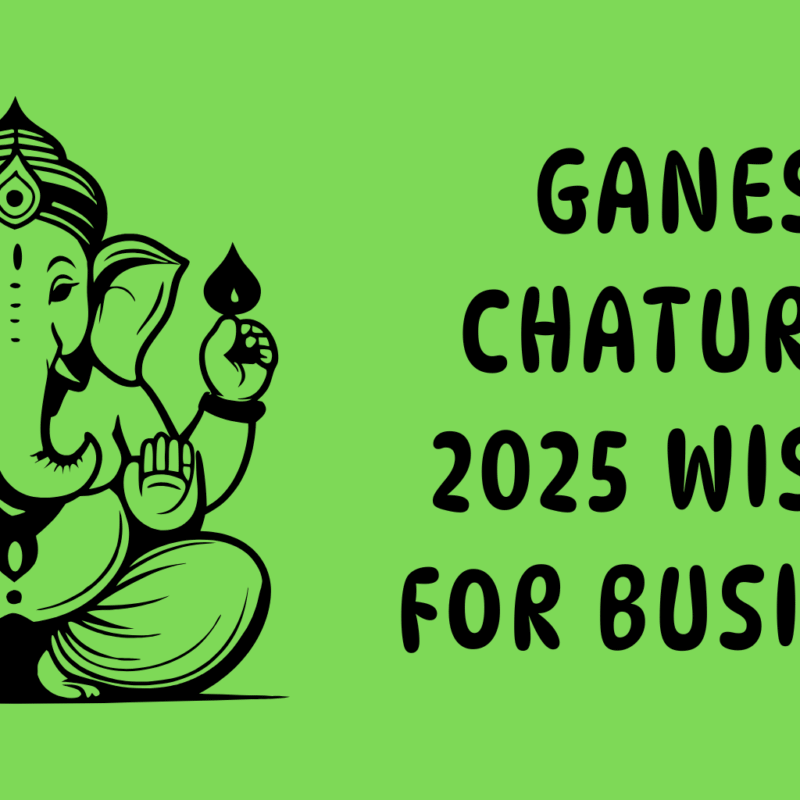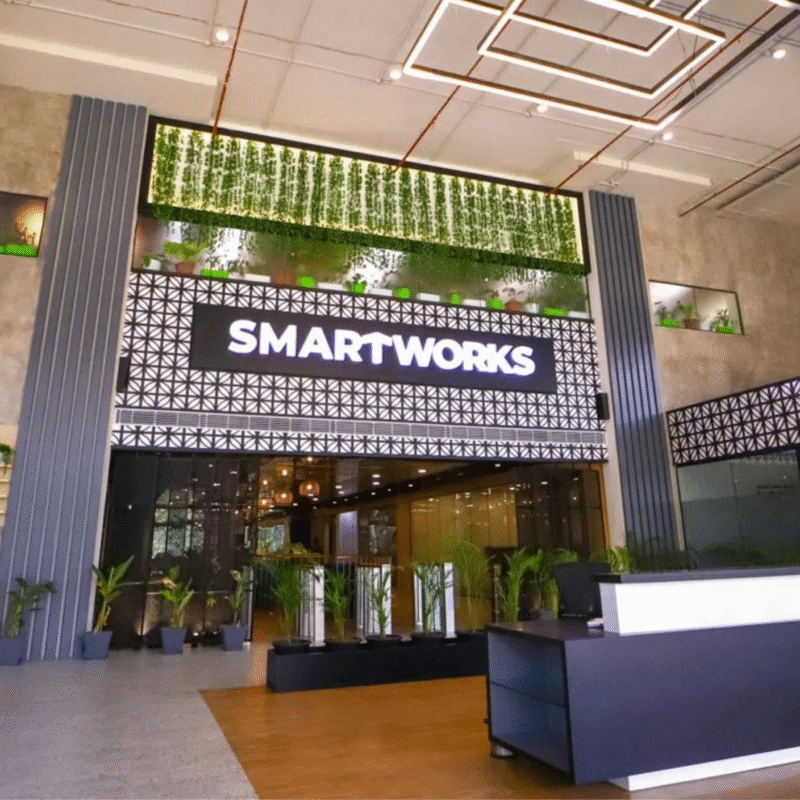Flipkart India’s E-Commerce Pioneer – Case Study
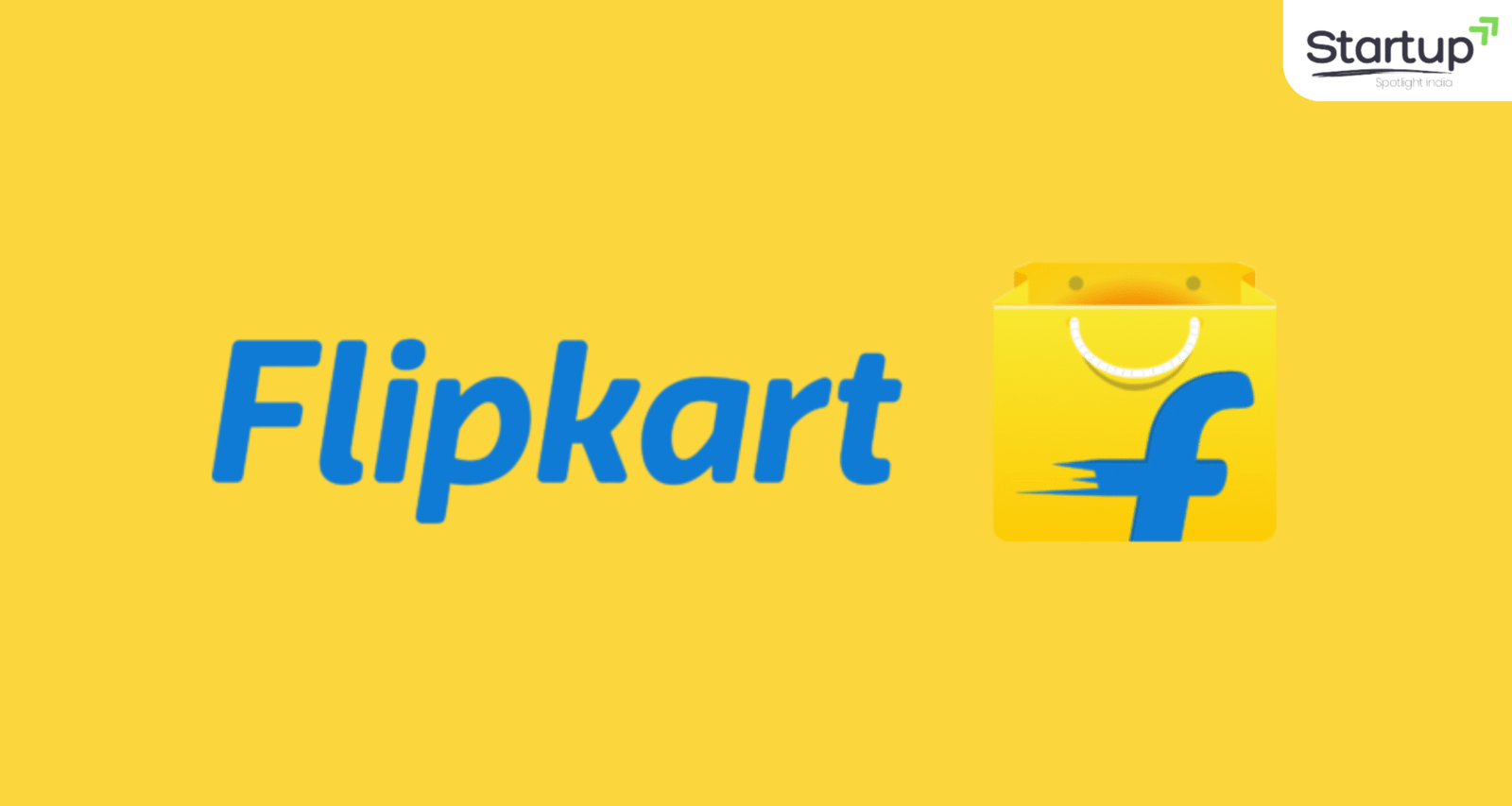
Flipkart is one of the biggest online shopping platforms in India right now but did you know that it began as a small online bookstore in 2007? The tale is one of those rare startup stories that feels almost personal to anyone who’s watched India’s shopping habits change. Flipkart helped millions of us discover the convenience of online shopping while completely transforming the retail industry in India. In this article, we’ll walk through its journey, the hurdles it tackled, and the smart moves that made it a leader in a crowded market.
The Birth of Flipkart
Two former Amazon employees, Sachin Bansal and Binny Bansal, decided to establish something different in Bangalore. They only had an investment of ₹4 lakh ($6,000), but they launched Flipkart as an online bookstore. They dreamed about building a platform inspired by Amazon for the Indian market. During that period, people were hesitant to do online shopping, and it was not accessible to many people due to internet limitations. Yet, their focus on earning trust and making shopping simple laid a foundation that would carry them far.
Key Growth Milestones
- 2008 – 2013: Broadening Horizons
After starting with books in its early days, Flipkart ventured into different domains like fashion, home goods, and electronics. To build trust with the Indian customers, they introduced the ‘Cash on Delivery’ option as a mode of payment. It assured customers that they only have to pay once the ordered product is delivered to them. Flipkart established total dominance over fashion retail by acquiring Myntra in 2014 and Jabong in 2016. The introduction of ‘Big Billion Days’ was another huge success as it broke their sales record and put Flipkart on the map.
- 2015 – 2018: Facing Giants and Growing Stronger
Flipkart faced fierce competition in 2013 after the arrival of Amazon in India. Flipkart fought back with Flipkart Assured for quality assurance and Flipkart Plus to reward loyal customers. It also built Ekart, its delivery network, to speed up shipping. Acquiring PhonePe in 2016 marked its entry into digital payments, taking on Paytm and Google Pay head-on.
- 2018: A Landmark Acquisition
Flipkart was acquired by the American multinational retail corporation Walmart in 2018 for $16 billion. The deal was so big that it became the largest e-commerce deal ever. After the deal, Flipkart kept its independence, but with the help of Walmart’s resources, the company improved its logistics and expanded its supply chain. This acquisition set the company on the path of achieving bigger and better things.
Challenges
- Early Days: Limited Internet and Payment Trust: They solved this problem by introducing the feature of ‘Cash on Delivery’
- Logistics Struggles: Building Ekart from scratch after cutting reliance on shaky third-party delivery systems played a key role in resolving this problem.
- Competition from Amazon: They tackled this by catering to the Indian market and launching ‘Big Billion Days”
Flipkart’s Success Strategies
- Putting Customers First: Easy returns, quick deliveries, and trust-building measures like Flipkart Assured won hearts.
- Festive Sales Magic: Big Billion Day turned shopping into an event, making Flipkart a name every household knows.
- Tech and Logistics Muscle: AI-powered recommendations and automated warehouses kept things running smoothly.
Flipkart’s Standing and What Lies Ahead
Today, Flipkart’s valued at $36 billion as per its latest valuation. Flipkart is thriving despite fierce competition form Amazon, Reliance JioMart, and Tata Neu. The are also branching into quick commerce with Flipkart Quick and enhancing shopping with AI as well.

